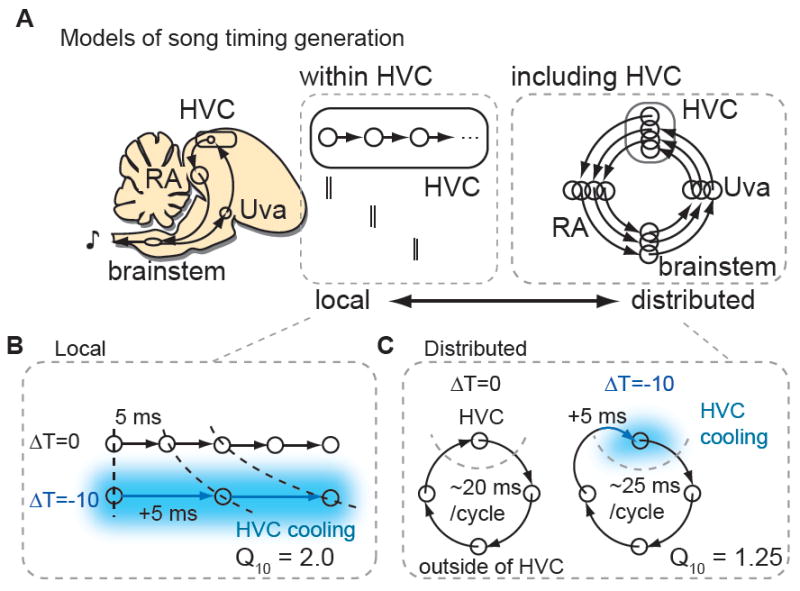Figure 1. Conceptual models of song timing generation.

A, A localized model in which song timing is generated solely within HVC (left) contrasts with one in which song timing is generated by a recurrent, distributed including HVC and motor-thalamic loop (RA, brainstem vocal respiratory group and the thalamic song nucleus Uva (right). B, Predicted effect of HVC cooling on song timing employing a local mechanism. The physiological Q10 (~2) and behavioral Q10 are predicted to match. C, Predicted effect of HVC cooling on song timing for the distributed mechanism. The behavioral Q10 will be much smaller than the physiological Q10 measured for activity propagation in HVC.
